The National 2021 Presents New Australian Art
The collaborative exhibition spans three venues and showcases 39 artists.
The collaborative exhibition spans three venues and showcases 39 artists.
In the third edition of a six-year initiative presented in 2017 and 2019, the Art Gallery of New South Wales (AGNSW), Carriageworks and The Museum of Contemporary Art Australia (MCA) has announced The National 2021: New Australian Art.
The collaborative exhibition sees four curators bring together 39 exhibiting artists, collectives and collaboratives while connecting three of Sydney’s key cultural precincts.
The exhibition will display new and commissioned works by leading contemporary artists from around the country – including those in remote communities such as Aṉangu Pitjant-jatjara Yankunytjatjara (APY Lands), Yirrkala in north-east Arnhem Land, Zendah Kes (Torres Strait Islands), and Belyuen, on the north-west coast of the Northern Territory.
A combination of emerging, mid-career and established artists will represent overlapping themes of environment, planetary responsibility, global uncertainty, our relationship to country, collaboration and inter-generational learning across a diverse range of media including painting, photography, film, sculpture, textiles, installations and performance.
Co-curators Matt Cox and Erin Vink, of AGNSW, are presenting 14 artist projects with a view to frame art’s potential to heal and care for the natural and social ecosystems.
“The National 2021 at AGNSW will examine different modes of care: how it engenders our relationships with each other, how we navigate these relationships, and in turn the relationships we have with sentient Country,” says Cox and Vink.
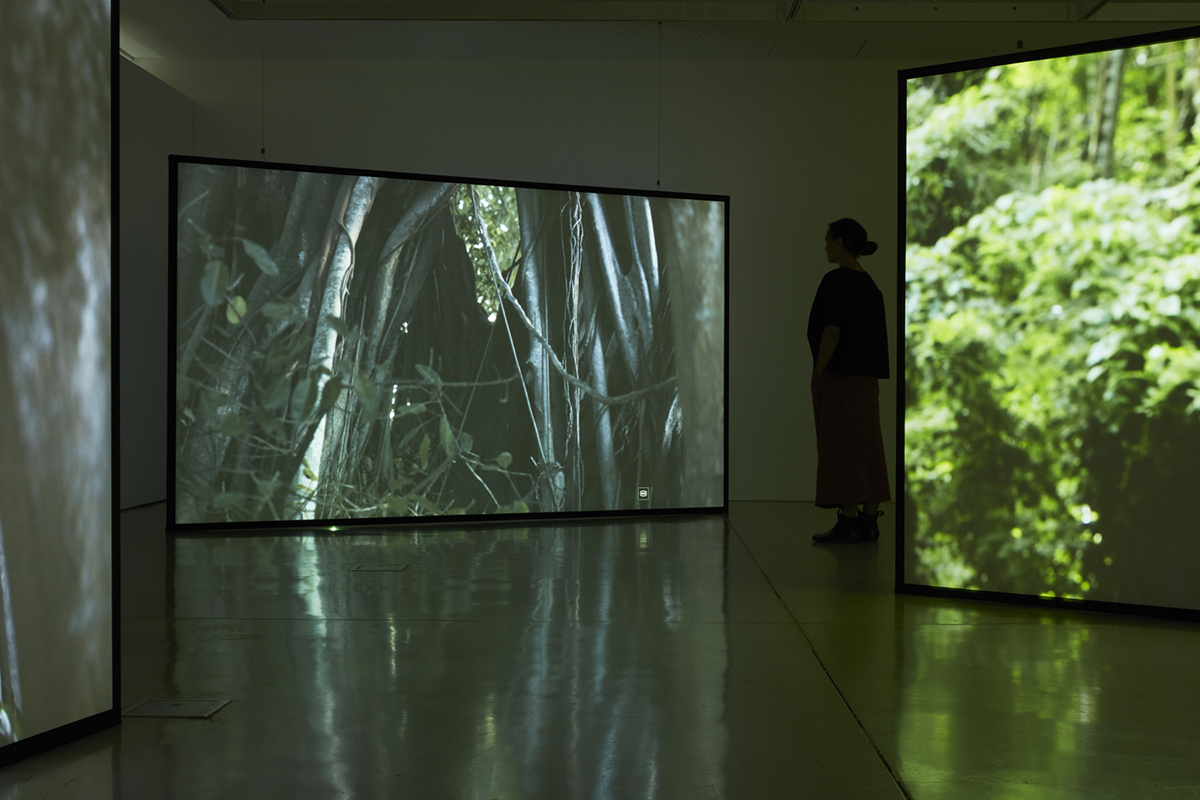
Elsewhere, Carriageworks will bring together over 40 artists to produce 13 projects – responding to the key issues of our time – emphasising sociality, collaborative enquiry and works that speak to history and experiences of place.
“The artists are connected across generations and brought together by a spirit of collaboration,” says curator Abigail Moncrieff. “With an attention to the present moment, many of the works consider responsibility and lived experience through psychological and intuitive responses, alongside some of the most urgent and activist voices from around Australia.”
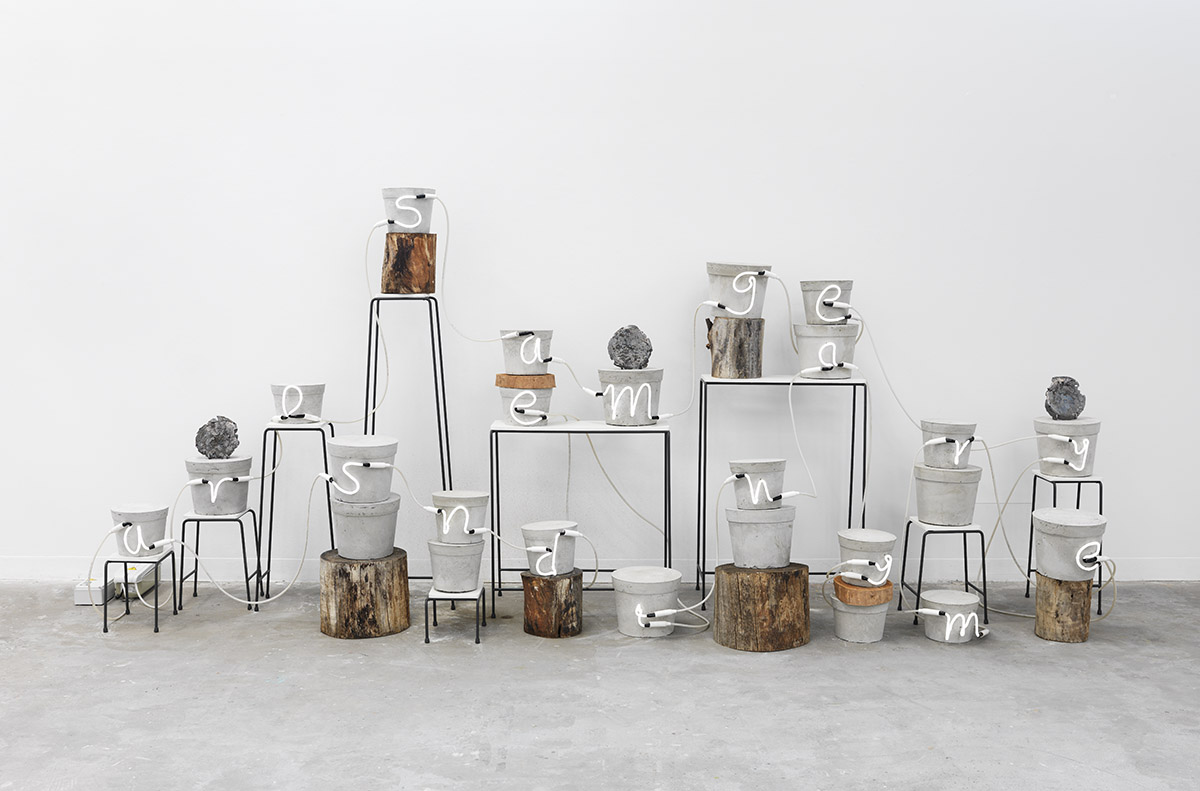
Further, thirteen artists consider diverse approaches to the environment, storytelling and inter-generational learning through their works in The National 2021 at the MCA.
“Unseen physical forces – wind, gases, emissions – power some works, while others transform plant matter, kangaroo teeth, echidna quills and plastic waste into powerful statements,” says MCA chief curator Rachel Kent.
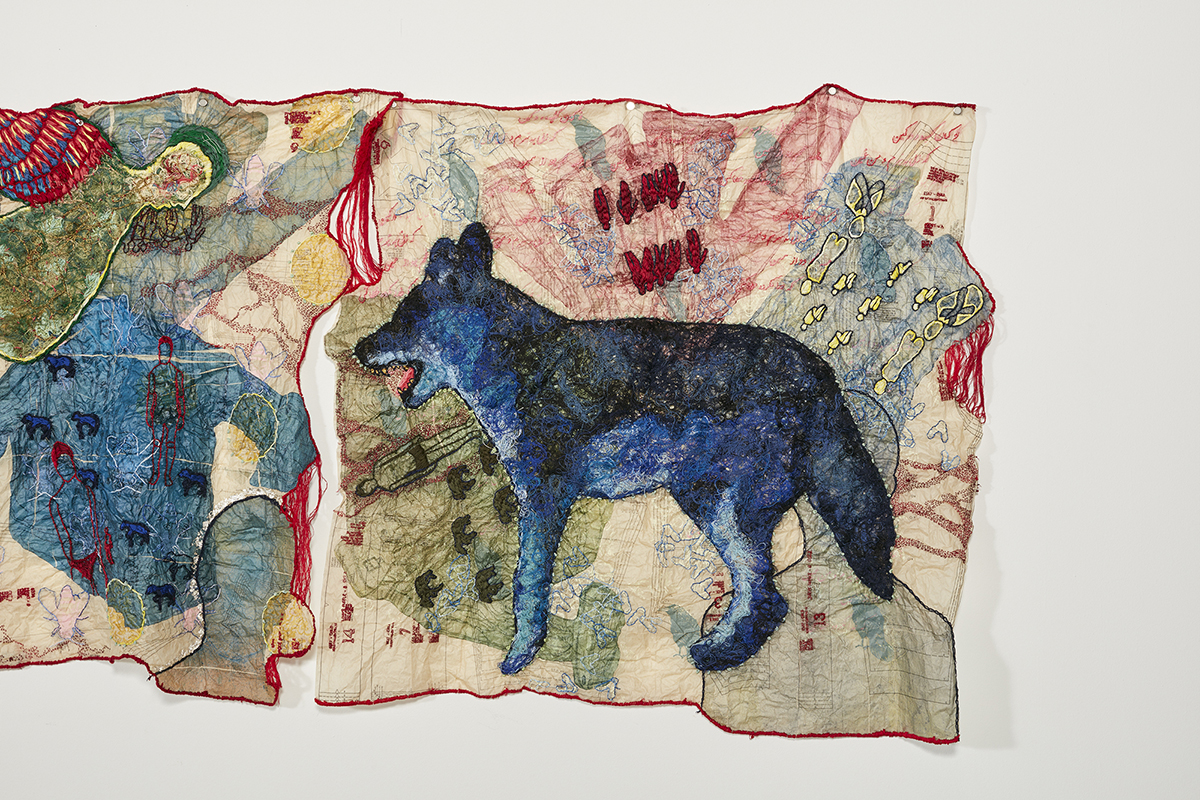
The National 2021: New Australian Art runs from 26 March – 5 September 2021 at AGNSW; 26 March – 20 June 2021 at Carriageworks and 26 March – 22-August 2021 at MCA. Entry is free at the three institutions.
What a quarter-million dollars gets you in the western capital.
Alexandre de Betak and his wife are focusing on their most personal project yet.
As Paris makes its final preparations for the Olympic games, its residents are busy with their own—packing their suitcases, confirming their reservations, and getting out of town.
Worried about the hordes of crowds and overall chaos the Olympics could bring, Parisians are fleeing the city in droves and inundating resort cities around the country. Hotels and holiday rentals in some of France’s most popular vacation destinations—from the French Riviera in the south to the beaches of Normandy in the north—say they are expecting massive crowds this year in advance of the Olympics. The games will run from July 26-Aug. 1.
“It’s already a major holiday season for us, and beyond that, we have the Olympics,” says Stéphane Personeni, general manager of the Lily of the Valley hotel in Saint Tropez. “People began booking early this year.”
Personeni’s hotel typically has no issues filling its rooms each summer—by May of each year, the luxury hotel typically finds itself completely booked out for the months of July and August. But this year, the 53-room hotel began filling up for summer reservations in February.
“We told our regular guests that everything—hotels, apartments, villas—are going to be hard to find this summer,” Personeni says. His neighbours around Saint Tropez say they’re similarly booked up.
As of March, the online marketplace Gens de Confiance (“Trusted People”), saw a 50% increase in reservations from Parisians seeking vacation rentals outside the capital during the Olympics.
Already, August is a popular vacation time for the French. With a minimum of five weeks of vacation mandated by law, many decide to take the entire month off, renting out villas in beachside destinations for longer periods.
But beyond the typical August travel, the Olympics are having a real impact, says Bertille Marchal, a spokesperson for Gens de Confiance.
“We’ve seen nearly three times more reservations for the dates of the Olympics than the following two weeks,” Marchal says. “The increase is definitely linked to the Olympic Games.”
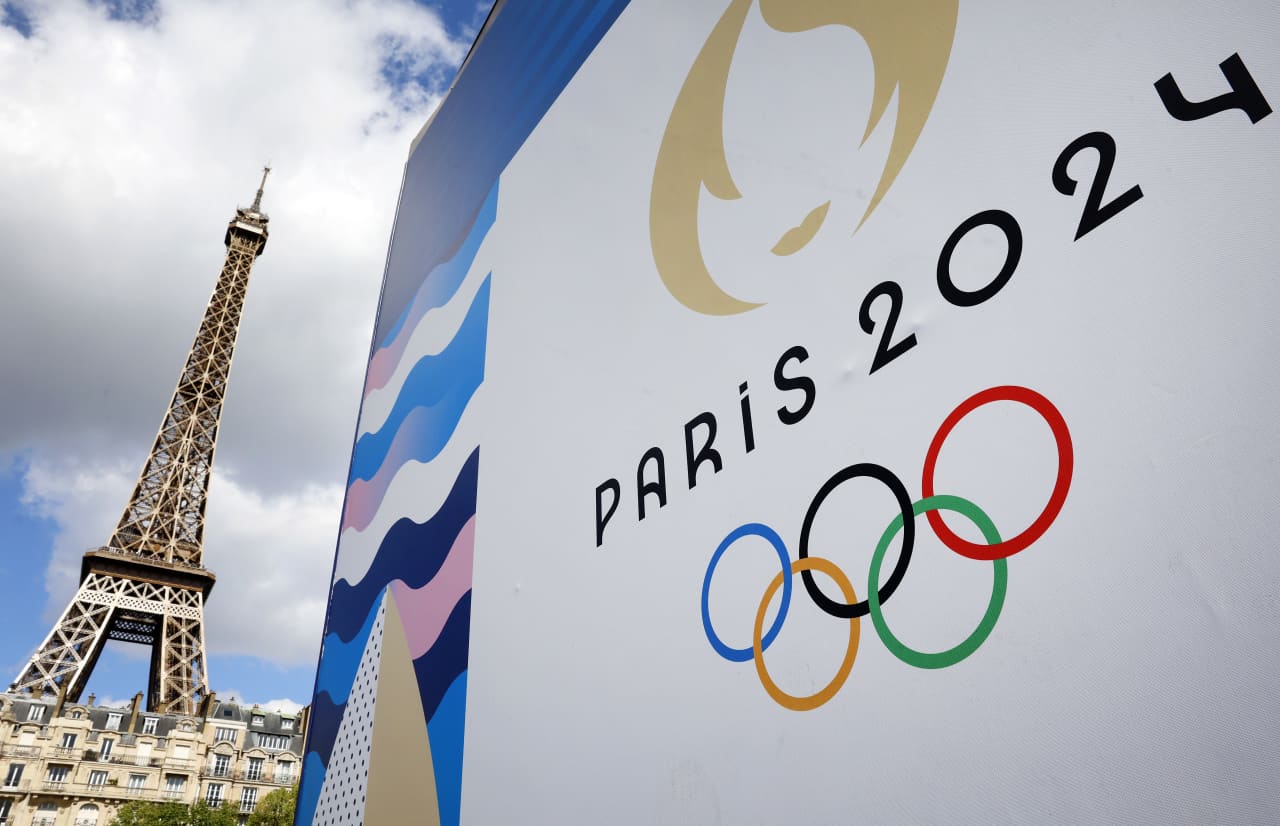
According to the site, the most sought-out vacation destinations are Morbihan and Loire-Atlantique, a seaside region in the northwest; le Var, a coastal area within the southeast of France along the Côte d’Azur; and the island of Corsica in the Mediterranean.
Meanwhile, the Olympics haven’t necessarily been a boon to foreign tourism in the country. Many tourists who might have otherwise come to France are avoiding it this year in favour of other European capitals. In Paris, demand for stays at high-end hotels has collapsed, with bookings down 50% in July compared to last year, according to UMIH Prestige, which represents hotels charging at least €800 ($865) a night for rooms.
Earlier this year, high-end restaurants and concierges said the Olympics might even be an opportunity to score a hard-get-seat at the city’s fine dining.
In the Occitanie region in southwest France, the overall number of reservations this summer hasn’t changed much from last year, says Vincent Gare, president of the regional tourism committee there.
“But looking further at the numbers, we do see an increase in the clientele coming from the Paris region,” Gare told Le Figaro, noting that the increase in reservations has fallen directly on the dates of the Olympic games.
Michel Barré, a retiree living in Paris’s Le Marais neighbourhood, is one of those opting for the beach rather than the opening ceremony. In January, he booked a stay in Normandy for two weeks.
“Even though it’s a major European capital, Paris is still a small city—it’s a massive effort to host all of these events,” Barré says. “The Olympics are going to be a mess.”
More than anything, he just wants some calm after an event-filled summer in Paris, which just before the Olympics experienced the drama of a snap election called by Macron.
“It’s been a hectic summer here,” he says.
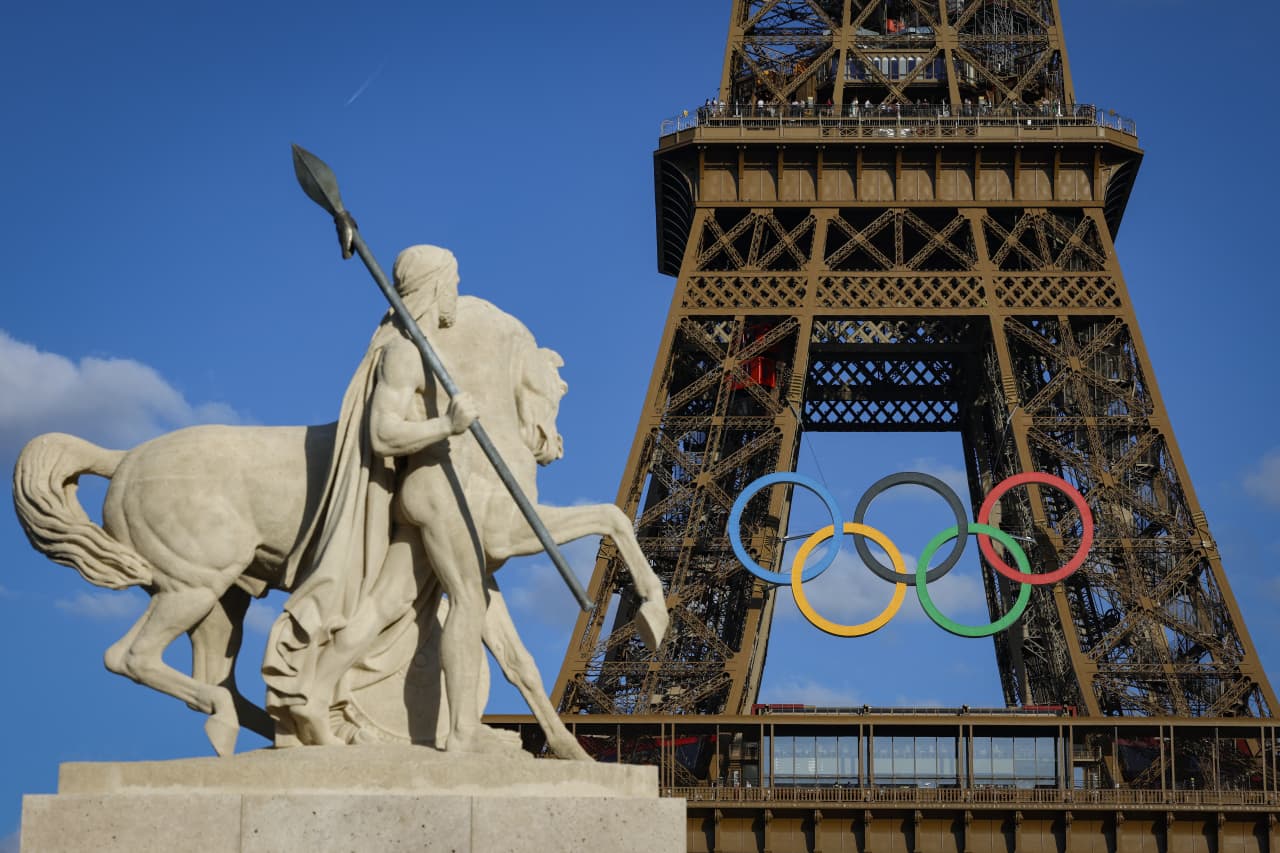
Parisians—Barré included—feel that the city, by over-catering to its tourists, is driving out many residents.
Parts of the Seine—usually one of the most popular summertime hangout spots —have been closed off for weeks as the city installs bleachers and Olympics signage. In certain neighbourhoods, residents will need to scan a QR code with police to access their own apartments. And from the Olympics to Sept. 8, Paris is nearly doubling the price of transit tickets from €2.15 to €4 per ride.
The city’s clear willingness to capitalise on its tourists has motivated some residents to do the same. In March, the number of active Airbnb listings in Paris reached an all-time high as hosts rushed to list their apartments. Listings grew 40% from the same time last year, according to the company.
With their regular clients taking off, Parisian restaurants and merchants are complaining that business is down.
“Are there any Parisians left in Paris?” Alaine Fontaine, president of the restaurant industry association, told the radio station Franceinfo on Sunday. “For the last three weeks, there haven’t been any here.”
Still, for all the talk of those leaving, there are plenty who have decided to stick around.
Jay Swanson, an American expat and YouTuber, can’t imagine leaving during the Olympics—he secured his tickets to see ping pong and volleyball last year. He’s also less concerned about the crowds and road closures than others, having just put together a series of videos explaining how to navigate Paris during the games.
“It’s been 100 years since the Games came to Paris; when else will we get a chance to host the world like this?” Swanson says. “So many Parisians are leaving and tourism is down, so not only will it be quiet but the only people left will be here for a party.”